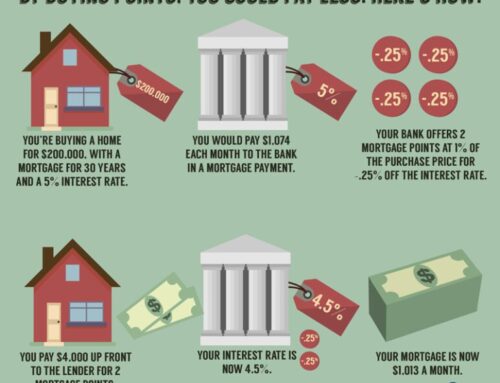Ever wonder how mortgage lenders set interest rates for their loan programs each and every business day? Wonder why some lenders quote the exact same rate for the exact same program? Maybe why one lender is lower than others? Here’s some insight on how mortgage lenders set their rates each day.

First, note that mortgage lenders set their rates on the same basic set of indices. There are some exceptions, primarily mortgage lenders who issue their own loan programs that intend to keep the loans internally and collect interest on the loan rather than selling the note.
Adjustable rate mortgages and fixed rate mortgages are priced a bit differently. An adjustable rate mortgage, or ARM, is tied to a specific, universally tradeable index, such as the 1-Year Constant Maturity Treasury. Each morning, the “secondary” departments of these mortgage companies look up the current price of an ARM index and then add a margin to it. If, for example, the index came in at 1.75% and the margin was set at 2.00%, the new rate for that specific program would come in at 3.75% and stay there until the next adjustment.
Fixed rate mortgages, at least for most of them, are set in another manner but also use a specific index. Currently, the index used for most fixed rate conforming loans is the Universal Mortgage Backed Security, or UMBS. This is the index lenders use when setting fixed mortgage rates scheduled to be sold to either Fannie Mae or Freddie Mac.
Okay, so if most lenders use the same index when setting fixed rates, why are they sometimes different? That can depend upon different factors. Lenders compete for mortgage business in different ways, but they all want to compete based upon a competitive rate. The rate doesn’t always have to be the lowest rate but should be in the ballpark.
Maybe a customer has a long-lasting banking relationship with a bank and also has quite of bit of cash sitting in different checking and savings accounts. That customer might be offered an extremely competitive rate based upon loyalty of the customer as well as the amount of assets the bank holds. The rate in this instance doesn’t have to be the lowest because the borrower is focused more on trust and relationships than the rock-bottom rate.
On the flip side, for mortgage companies that don’t have such an established relationship, rates take on a more serious note. A mortgage company with less media exposure compared to established banks might need to entice a potential borrower with some very competitive mortgage rates. But again, they set their prices on the same set of indices.
Sometimes a mortgage lender has taken an aggressive approach and priced their loans very low and suddenly their pipeline is full. They’re overbooked and overworked. Their marketing campaign is working but now their loan processing times have slowed to a crawl. It’s not unheard of for a mortgage company to raise rates temporarily to turn off the spigot. It happens. Lenders certainly want to make a profit, otherwise the mortgage market would dry up, but they want to be smart about it.
Position Realty
Office: 480-213-5251



